TYPES OF FIRE SPRINKLER SYSTEMS
TYPES OF FIRE SPRINKLER SYSTEMS
In the event of a fire, sprinkler systems extricate lives. A well-maintained fire sprinkler system, in conjunction with other active and passive fire protection measures, assist to suppress smoke and flames and lessen the spread of the fire, reducing damages, and providing everyone with time safety measures required in specific situations.
Fire protection standards possess worthwhile standards which include Buildings, hazard types, design criteria, water supplies, and components are all part of the planning process. Constructing (type, design characteristics, pipework, commissioning) all play a vital role in safety and planning.
Repair and upkeep (user inspection and test, service, and maintenance schedule)
H2AIM fire sprinkler installations adhere to fire protection standards, which include legislative and mandatory provisions outlining the requirements for planning, installation, and maintenance of fire protection systems. These fire protection standards are constructed by independent organizations, insurance associations, or government entities in order to cut back on the possibility and potential consequences of fires, H2AIM serves all with outstanding valuable quality.
Fire sprinkler systems play an essential role in ensuring total protection against emergencies. There are many types that can be considered depending upon your organization’s requirements.
The five essential fire sprinklers considered to be the most widely used are as follows:
Wet Pipe Sprinkler System
Wet pipe sprinkler systems, also known as traditional fire sprinklers, are the most commonly used in both residential and commercial buildings. When a fire starts, the heat activates the nearest sprinkler head, allowing pressurized water stored in the pipes to be released.
Dry Pipe Sprinkler System
This system is much more complex than wet pipe sprinklers. These are filled with pressurized air or nitrogen, which is released when the sprinkler head’s valves are activated by a fire. The pipes are then filled with water, which is then discharged over the smoke or flames. Suitable for cold climates and in contrast to wet pipe systems, these are filled with air instead of water.
Foam Sprinkler System
These systems are designed to discharge foam and water to put out a fire. Recommended in areas containing hazardous materials and flammable liquids, efficiently distribute foam in areas to be protected, foam sprinkler systems typically consist of open type foam discharge devices known as “Foam-Water” Sprinklers, which is typically controlled by an automatic deluge valve that is activated by one of the detection devices, and are also installed in the same area as the Foam-Water sprinklers.
Pre-Action Sprinkler System
Pre-action sprinklers are a type of dry pipe sprinkler that requires two steps to activate. When heat or smoke is detected, the pre-action valve opens, allowing water into the pipes. Extensive hybrid systems that take advantage of the flexibility of the wet pipe system and the complexity of the dry pipe system, Pre-action systems are particularly useful in places where an accidental discharge could cause irreparable damage, often installed in commercial properties.
Deluge Sprinkler System
Deluge sprinkler systems are a type of dry pipe system. In contrast to the previous sprinkles, the sprinkler heads in this system are always open. They lack a heat-sensing element in the sprinkler head, such systems are designed without the heat sensing elements containing a common trigger causing all valves to open. This type of system is usually found in industries with flammable liquids.
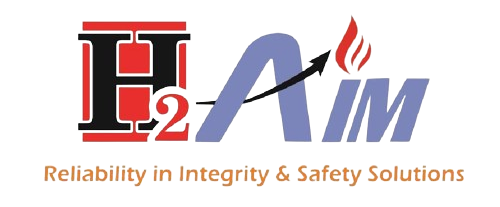
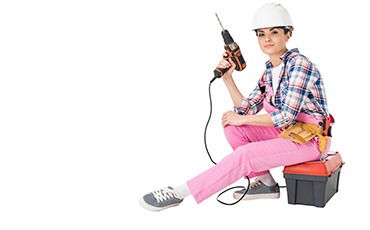
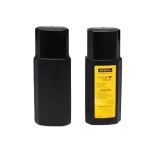
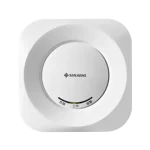
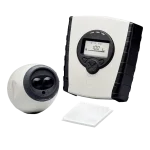
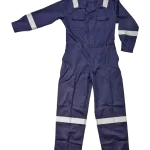
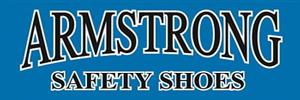









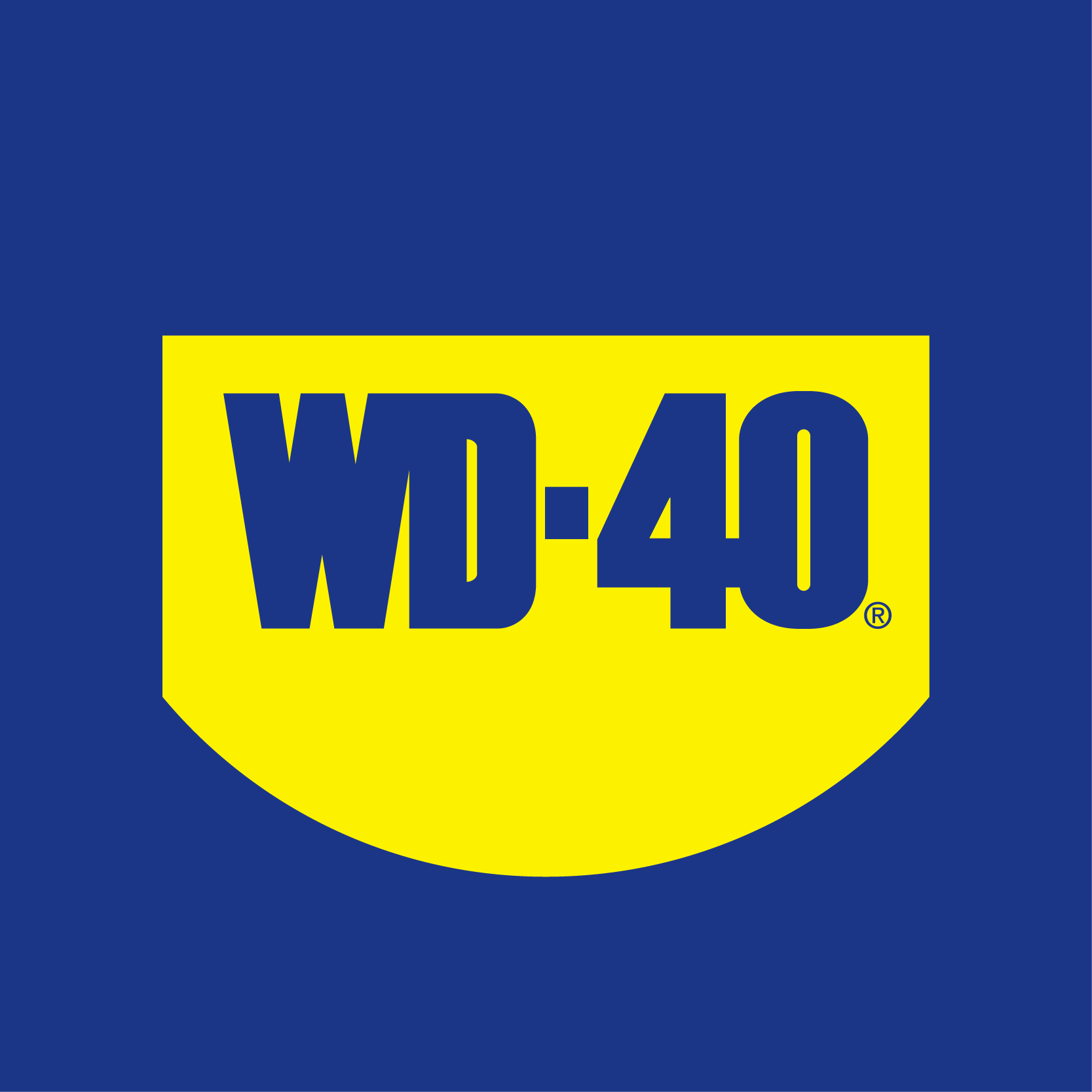

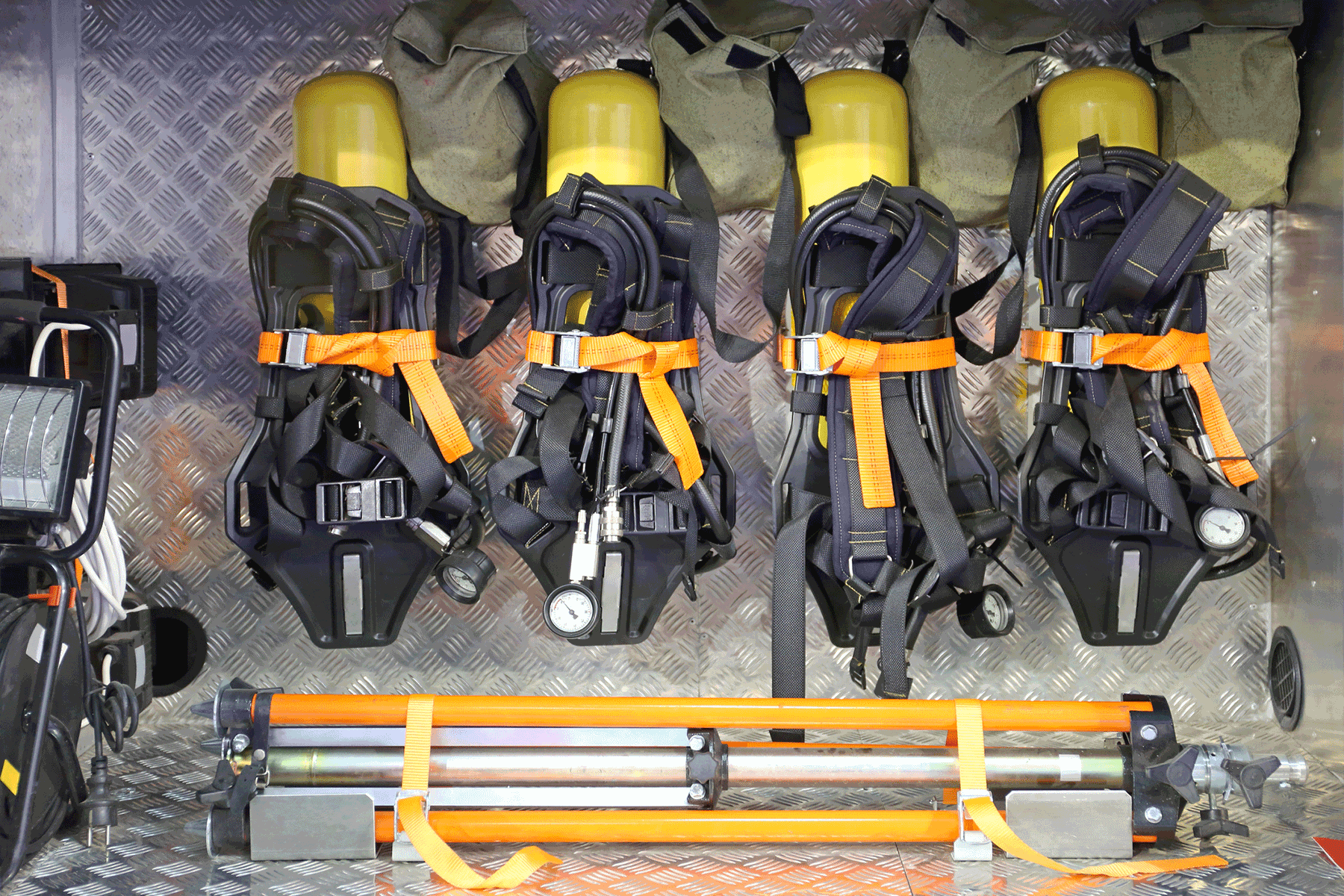
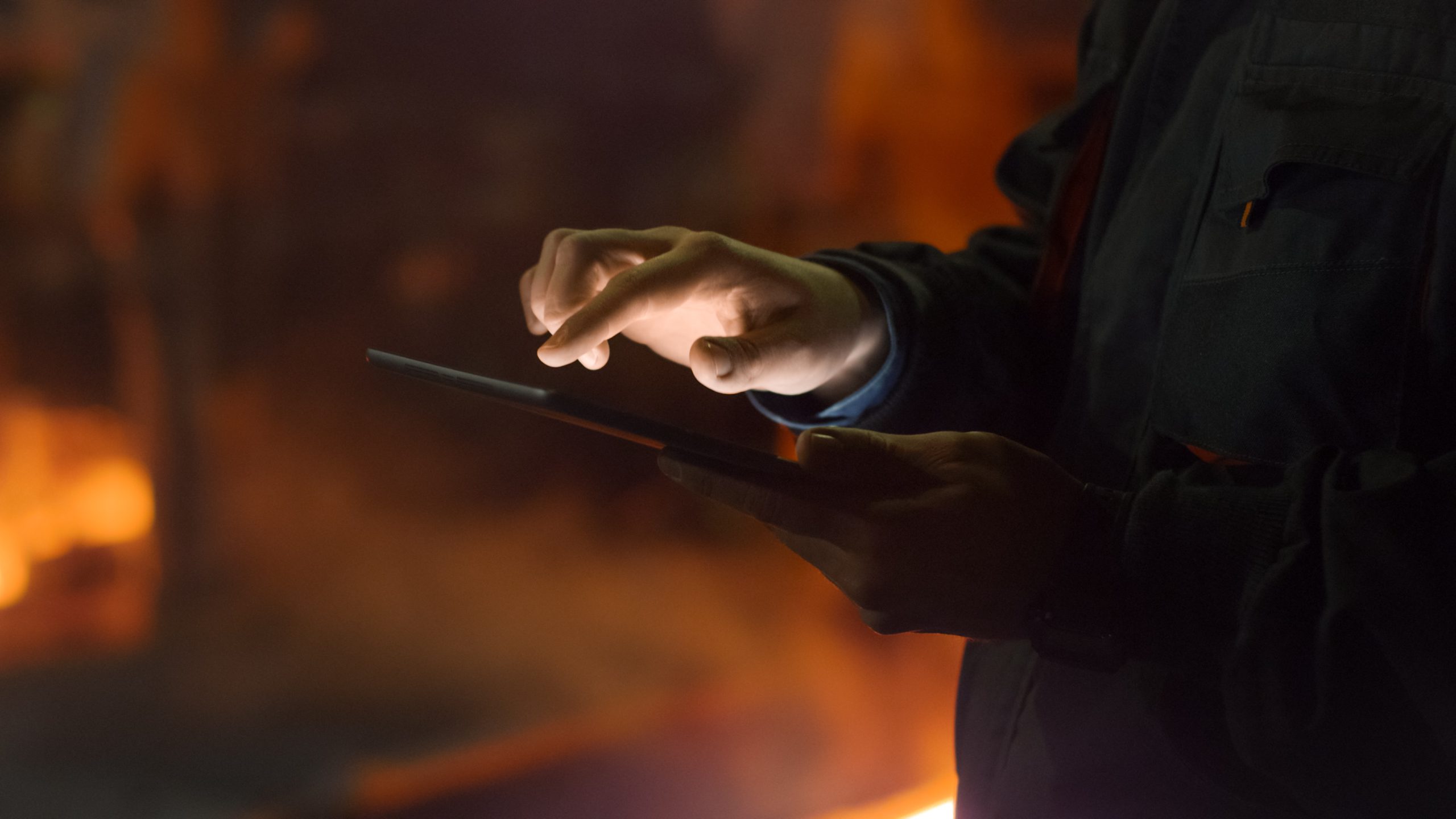


Hello! I cold have sworn I’ve been to this site before but after reading
through some of the poet I realized it’s new to me. Anyways,
I’m definitely delighted I found it and I’ll be bookmarking and checking back often! https://waste-ndc.pro/community/profile/tressa79906983/